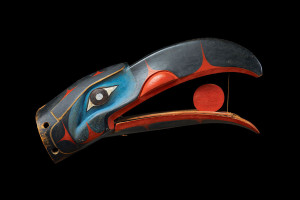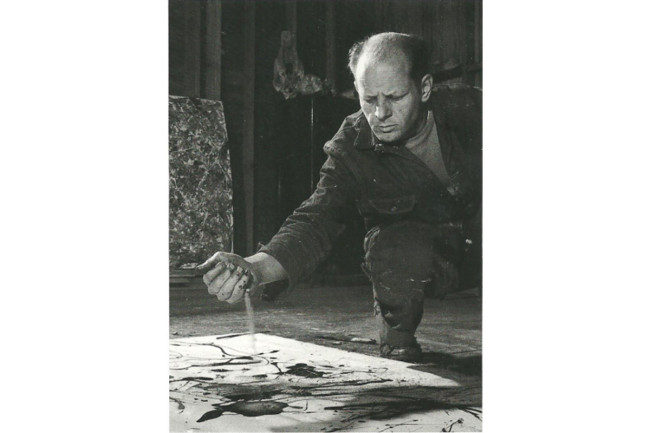
Jackson Pollock’s Obsession with Native American Art
The World of Interiors
A featured article by Morgan Falconer in the World of Interiors discusses the foundational influence of Navajo sand painting on Jackson Pollock’s infamous modernist drip paintings. A collaborative exhibition by Donald Ellis Gallery and Washburn Gallery at Frieze Masters, London now provides a ‘rare opportunity to delve further into Pollock’s obsession.’
The presentation pairs a series of Pollock’s drawings from the early 1940’s with an exceptional selection of Native American art dating from the late 19th century, among them some of the finest Yup’ik dance masks left in private hands, Hopi kachina dolls, and a monumental totem pole attributed to Haida chief John Robson.
While the exhibition makes no claim that specific works on show were inspired from another, their contextualisation reveals clear parallels between certain types of Indigenous art and Pollock’s own artistic inquiry into visual language. Filtered through the artist’s study of Surrealism and Cubism, the author notes, ‘these works mostly show Pollock sorting through the possibilities those wild forms evoked in him.’
Following Jungian psychoanalysis, Pollock believed that as an artist he could create symbols of American’s collective unconscious, channelling both aspects of the Old World and Native American memories. ‘As much as searching for that perfect form, he seems to have been searching for a memory that he believed he and every American carried within themselves,’ Falconer ponders.
While there is no scholarly consensus yet as to what lead, in 1947, to Pollock’s now infamous technique of pouring, dripping and hurling paint across a surface laid out horizontally across the floor, one of the most persistent — and magical — notions is that he was inspired by Navajo sand painting.
To the Navajo, the aesthetic dimension of sand painting was closely tied to medicine and healing. With precise attention to detail, the Medicine Man would pour a variety of coloured, powdered rocks and earth from their hands to form highly sophisticated design patterns on a bed of sand. Upon completion, the sand painting had to be destroyed again.
From the beginning, leading artists of the Abstract Expressionist movement tended a fascination with Native American art. Pollock had first encountered the Navajo while growing up in Arizona and California, and was able to witness demonstrations of Navajo sand painting at the Museum of Modern Art in New York in 1941, as part of the exhibition Indian Art of the United States.
Download Jackson Pollock’s Obsession with Native American Art Clipping



